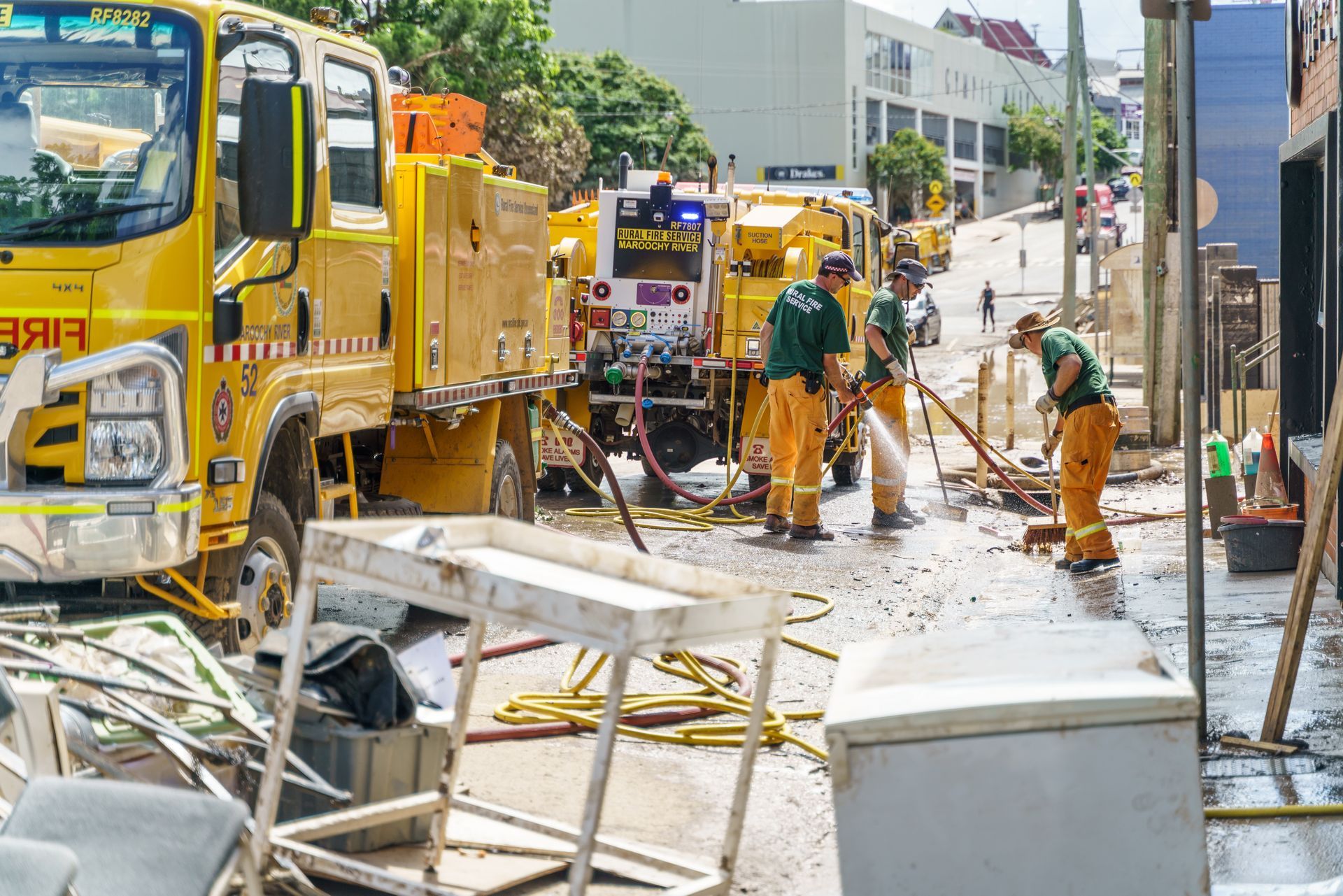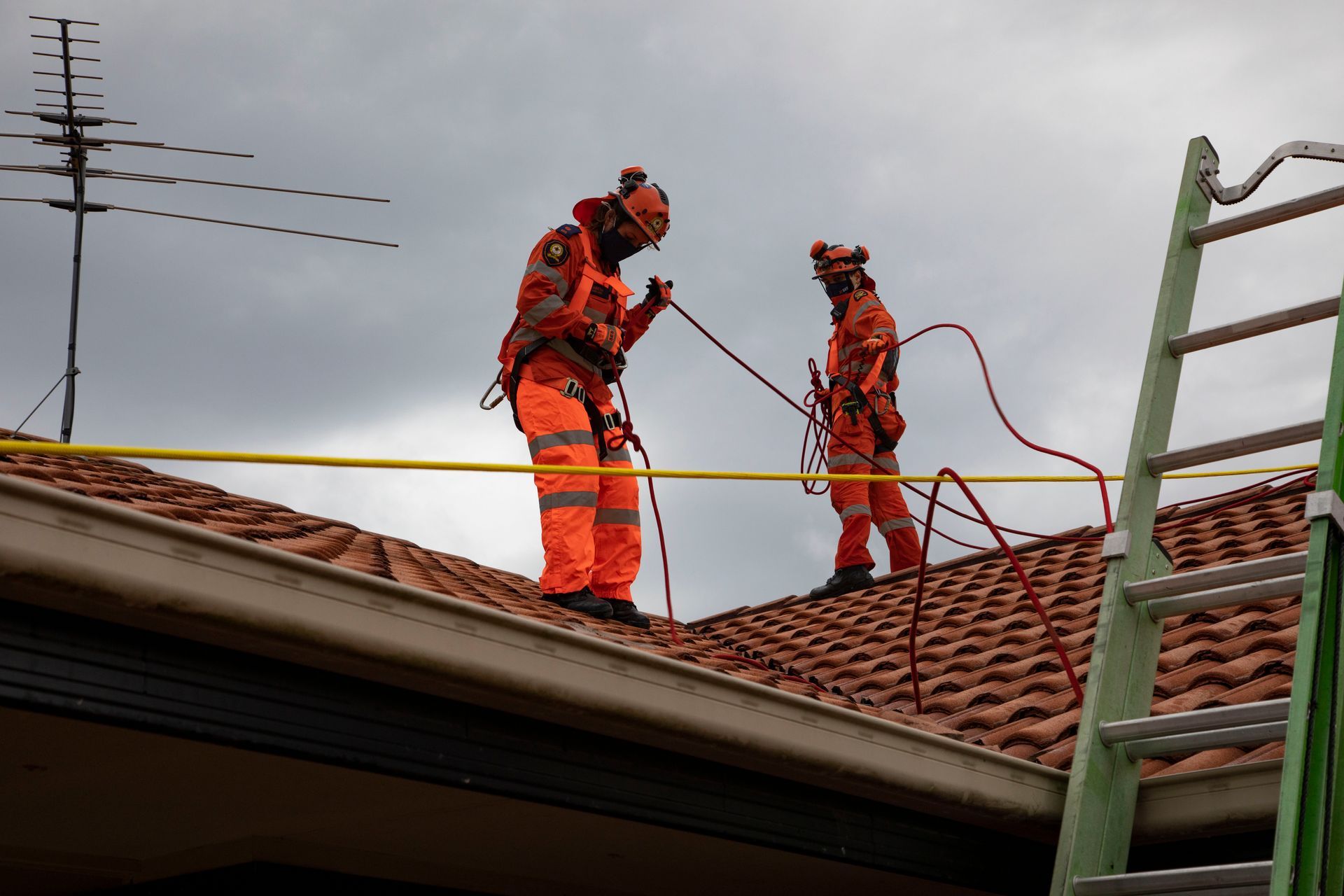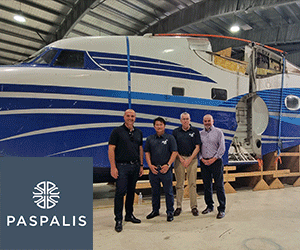1MG FlippingBooks
The innovative scenarios testing Queensland’s disaster strategies
The Queensland Government’s innovative work in climate risk management aims to save lives, homes, the environment, and resources, creating a more resilient future for everyone.

Imagine that in 2030, the east coast of Australia is hit by massive storm surges, displacing millions of people; in 2032, we face a bushfire season that dwarfs the Black Summer of 2019-20, costing $400 million in recovery; in 2035, another pandemic strikes amid widespread flooding.
How prepared would our emergency services and communities be?
“If you fail to plan, you plan to fail,” said Benjamin Franklin in 1790 – and, when lives are at stake, failure is not an option.
The Queensland Government is using innovative climate and social scenarios to test its disaster management strategies and guide strategic planning.
Matthew Dyer, Principal Program Officer, Planning, Risk, Research, and Innovation unit, with Queensland Fire and Emergency Services (QFES), says the Transformative Scenarios are helping emergency services prepare for a climate-challenged future.
Matthew, who has more than 20 years’ experience in the industry, adds: “ More and more, the lived experience of our staff and volunteers, and the communities they serve, is telling a story of more frequent and more impactful disasters.”
“The scenarios allow emergency services leaders to inhabit a future imagined world that is plausible; it’s not science fiction. You can test strategies against these vignettes, and adapt and plan in response,” Matthew says.
The four Transformative Scenarios imagine what Australian society could look like in 2035. Each reflects a different degree and combination of two driving forces: governance and social cohesion.
The Unexpected Hero, for example, is a world driven by data and information, where social connectedness has eroded in favour of protective self-interest and an increasing reliance on technology. In the Butterfly, on the other hand, the focus is on responsibly stewarding the planet for generations to come and banding together to help each other out.
“In Queensland, we anticipate future climate hazards will include big fires, big floods, and big wind events such as cyclones,” Matthew explains.
“We ran these through the Transformative Scenarios, which gave us significant amounts of information to work with. We could see if our strategies were going to be effective for that world model, and uncover any issues or gaps.”
The research was completed through the Bushfire and Natural Hazards Cooperative Research Centre’s Tactical Research Fund, in partnership with international consulting firm Reos Partners and RMIT University. Other participating organisations included the Australasian Fire and Emergency Service Authorities Council’s Climate Change Group and Natural Hazards Research Australia.
Researchers worked directly with emergency management leaders, including QFES – which, in 2022, became the first agency in Australia to apply the scenarios to test strategy.
“We can’t just look in the rear-view mirror and say, ‘that has worked before, let’s keep doing that’, as the dynamics of disaster management are constantly evolving,” Matthew says.
“Climate change is a complex issue. If you haven’t got a schema or a model or experience of a highly complex event with lots of cascading effects, you have to think outside the box. That’s what we’re trying to enable here.”
Applying cutting-edge climate modelling
QFES is also using cutting-edge climate and hazard modelling to inform planning and engage with the community around future natural disaster risks.
The Severe Wind Hazard Assessment for Queensland, or the SWHA (Q), is a collaborative project between QFES and Geoscience Australia which provides realistic and tangible information on the potential impacts of tropical cyclones.
“We have some of the world’s best climate modelling, and we make the most of that incredibly insightful research. We have a responsibility to make sure we’re good at applying it,” Matthew says.
While northern Queensland is no stranger to cyclones, the south-east – where most of the state’s population lives – is far less familiar, and it can be hard to make the risk feel real.
“That’s where the SWHA (Q) is really making a difference. It makes very explicit the likely damage of particular scales of cyclones, and, frankly, where the greatest threat to human life could be,” Matthew says.
“We can start doing work now to be ready to act when a cyclone is approaching, to minimise its effects, and to plan for recovery. It’s about preparing our local governments, communities, and infrastructure for these large-scale events well in advance.”











